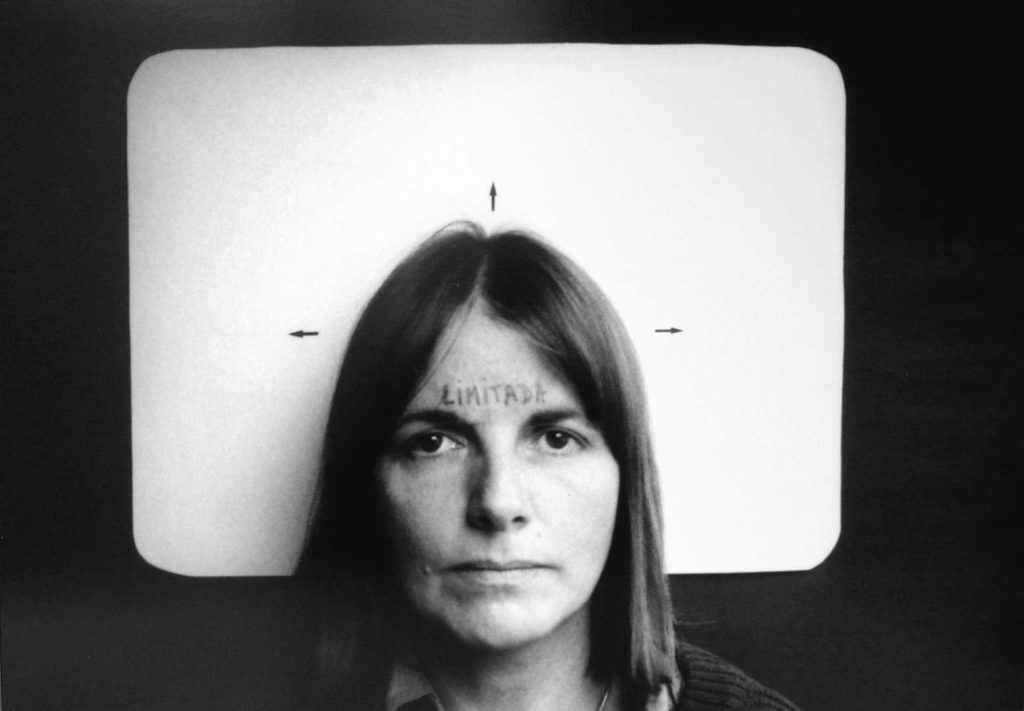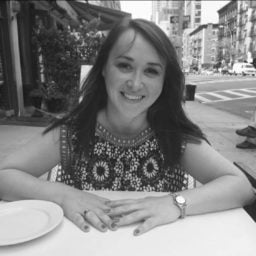
To examine the evolving representation of work by female artists in American museums and the global auction market over the past decade, we not only delved into data, but also conducted extensive interviews. We spoke with more than 40 people—a mix of museum directors and curators, collectors, dealers, advisors, and academics—to document their reactions, insights, and context to our findings. Here are excerpts from those conversations.
Jessica Morgan, Director, Dia Art Foundation
Don’t accept the first story. Or the second, or the third. It is only in repeated research that you get to understand what you are looking at. The first story is the one that was documented, which usually means there was some financial support behind it.
Agnes Gund, Collector
When I was taught art history, there were very few women. There was Marisol. [Artemisia] Gentileschi was another one. But other than that, there weren’t many that were even mentioned. Later, I became sort of startled when we looked over [our] collection and there were women that were in it, but they didn’t sell for anything.
Guerrilla Girl Frida Kahlo, Artist
Why is it that it took so long for the art world to recognize that there were many mainstreams, and if you want to tell the whole story of culture you have to recognize all of those voices? Otherwise, you are telling the history of wealth and power. We’re far more interested in having one of our posters on every college dorm wall than hanging over some collector’s white sofa.
Naima Keith, Vice President of Education and Public Programs, Los Angeles County Museum of Art
I wonder if institutions know it is a problem. There is a lot of discussion about women having more exhibitions, so from the outside it seems like we are celebrating women of different ages. But I wonder if institutions realize that there needs to be a lot more work done. Maybe they don’t understand how imbalanced it is.
Martha Rosler, Artist
It’s like Hollywood: when you are in your middle age and female, nobody is interested. Many, many women bemoan the fact that they become invisible. And then if you live long enough, suddenly people will say, “Oh look, there is Carmen Herrera. There is Louise Bourgeois.”
Connie Butler, Chief Curator, Hammer Museum
When you are dealing with an older generation of female artists—where the market isn’t established but you can certainly find comparables among their male, and even female, peers—it is very difficult to defend the value that is being asked for works. I have absolutely encountered that. It has to do with who is in the room. If you are talking to a room full of collectors who don’t necessarily collect this artist’s work, then that part of the market is not one they are comfortable with because it is not reflected in their own collection.
Mickalene Thomas, Artist
It’s a cyclical thing that is not changing. It’s like we’re crabs: if one or two of us gets out of the bucket, it feels so exciting. But what are we cheering? We should be protesting! We should be pissed that only one or two made it out. We got so settled after a little bit of growth instead of getting infuriated about the fact that it has not really changed. We got comfortable and allowed the system to default back to exactly what it was, in front of our faces. We really have to prepare our next generation and, in some way, instill some change.
Helen Molesworth, Curator
No matter how well intentioned people are, when they sit around the table and make a wish list, the easiest list of names is male. It is really bad out there, and that is why those numbers are so low. I can say all this stuff now—that’s the joy of being fired.
Renée Adams, Professor of Finance, Saïd Business School, University of Oxford
Price gaps between male and female art is higher in countries where there is more gender inequality—which suggests it’s not the quality of the art that matters, it’s discrimination.
Lisa Dennison, Chairman, Sotheby’s Americas
The market doubling [for work by women at auction] is due to a small number of artists whose stars have risen. It is disconcerting because it is not the women in general, but the ones most sought after.
Brooke Davis Anderson, Director, the Museum at the Pennsylvania Academy of the Fine Arts
The explanation that women [are poorly represented because they] have often decided to leave the art world? I don’t believe that for a minute. I think there have been women working hard in the art world forever and if we haven’t seen them, then shame on us.
Raina Lampkins-Fielder, Curator, Souls Grown Deep Foundation
If a museum worries we are going to lose artistic quality if we go against the canon to reinsert a woman, I would ask that museum: if we are going to be honest with ourselves, what we are really saying? It is just a coded way of saying we are less interested in what women are producing.
Susanne Vielmetter, Owner, Vielmetter Los Angeles
Between 2000 and 2010, the first ten years of my gallery, you could not have a conversation with a collector saying, “I am counting the female artists in my gallery program.” If you said that, people would think you either had some kind of early childhood trauma—that there was something psychologically damaged about you—or that you were so hopelessly stuck in the 1990s identity politics era that you simply couldn’t be helped.
Micol Hebron, Artist
I think about advertising, where you have to repeat the company name seven times in a minute for someone to remember it. Scale that up to art history—how many times have we heard certain names? It gets encoded in our subconscious.
Melissa Chiu, Director, Hirshhorn Museum and Sculpture Garden
The 1980s was the first time women artists really were able to get recognition almost on equal standing to their male counterparts, and in large measure [it was] because they were doing work in photography. There’s something to be said for new media not having the canon written already—same for video art and performance.
Marc Payot, Vice President, Hauser & Wirth
Let’s take as our basis that men and women are equally good artists, and then say, “Okay, if they are equal, then why is there this difference in the market?” It starts with the galleries. They don’t represent enough women in their programs. There is also a structural issue: you need to educate collectors and you need to confront them with quality.
Catherine Opie, Artist
The art market is making more money throughout the United States than agriculture. There is something really intense about that, and it is to do with wealth distribution. I am an artist and I love being able to navigate this world, but it is really curious and difficult to unpack—and at the top end, it is all resolutely male. Actually, it is male all the way through.
Deana Haggag, President and CEO, United States Artists
There is a sea change, and we are watching it. But I don’t think that shift is happening at the decision-making table. The people who have had power at these large institutions can’t speak more than one vernacular. I feel like they have only overwhelmingly understood how to talk about white male artists. Anyone who breaks a canon is perceived to be “other.”
Andrea Fraser, artist
Museums have become increasingly driven by the sources of funding they have access to: from their patrons or earned income through box office. And, with that, one loses a component of a museums’ mission—which is scholarship and research—and that includes the critical reconsideration of art history, partly in terms of its gender bias and racial bias. Those things can fall under the bus.
Susan McPherson, Founder, McPherson Strategies Consultancy
If you have more diversity in your business, your revenues are going to increase. Why would that be different in the non-profit sector? Diversity will help museums attract more patrons, more board members, bigger audiences. The people running it can help make the business more robust.
Michelle Millar Fisher, Curator of Contemporary Decorative Arts, Museum of Fine Arts, Boston
I call bullshit on the idea that it takes a while [to see change]. How much more time does it take? If a new generation of art historians and curators have to be resensitized to this then my god, we have amnesia at this point. It really comes down to people putting their money where their mouths are.
David Getsy, Professor of Art History, School of the Art Institute of Chicago
It’s important to acknowledge that the ways museums categorize artists are reliant both on knowing the name of the artist, but also usually a binary option. That is a real question for how trans artists fit into this. In many ways, it’s not an urgent question for history because there has been no place for trans artists in museums. But in thinking about the future, the metrics must shift to reflect the fact that we have a different understanding of gender and how discrimination works. A study like this reminds us of all the structural obstacles that remain to be addressed.
William Goetzmann, Professor of Finance, Yale School of Management
If somebody has the money, they could make a really big difference really quickly. If you could give a $50,000 prize to fund five books a year on female artists, that’s the stuff that drives the market and the museums. To make an artist collectible, you need a catalogue raisonné. It’s fairly cheap to fund this compared to how much the paintings would go up in value [as a result].
This story is part of a research project on the presence of work by female artists in museums and the market over the past decade. For more, see our examination of museums; our examination of the market; four case studies on museums making change; our investigation into maternity leave in the art world; visualizations of our findings; and our methodology.











